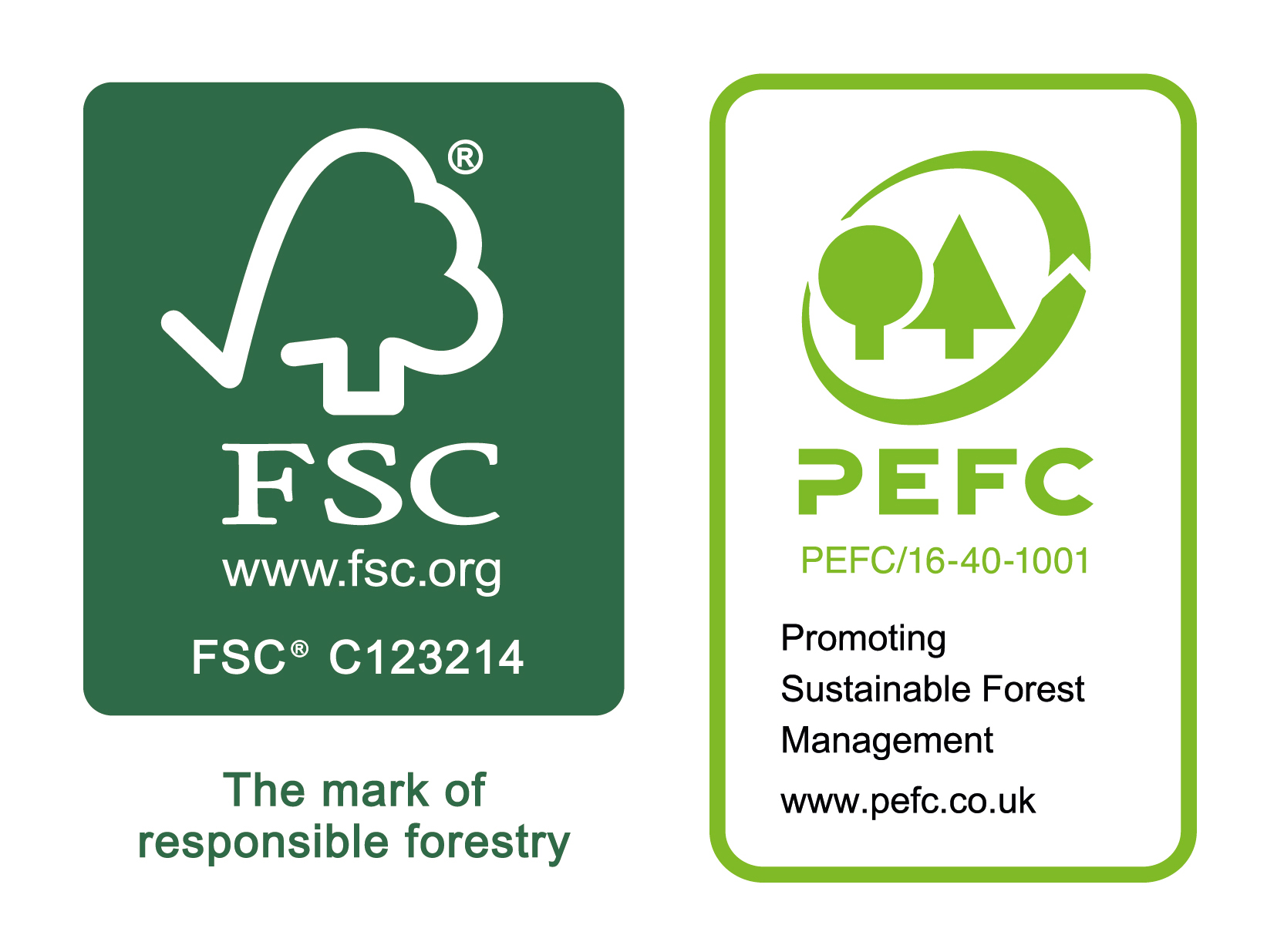Delamere Forest Plan
About
The Delamere Forest Plan covers 1,098.3 hectares including Delamere Forest and 9 outlying woodlands (Primrose Wood, Abbey Wood, Thieves Moss, Hornbys Rough, Petty Pool, Abbots Moss, Lobslack, Hopyards and Uplands). The design plan shows our operations including felling and restocking for the next 10 years with outlines for the next 50 years.
Delamare Forest is the largest wooded area in Cheshire and plays an important role in the local economy. With over 700,000 day visitors and sustainable harvesting programme it supports a wide range of jobs directly through the timber industry and increasingly through leisure and tourism.
Delamere Forest contains a number of meres and mosses which comprise of a mosaic of open water and peatland areas, together with fringing heathland and woodland, provides habitats for locally and nationally rare species of aquatic plants. Many of these delicate or endangered habitats are so rare that they have been designated as Sites of Special Scientific Interest (SSSI), National Nature Reserves (NNR) and RAMSAR sites to protect them.
Most of the forest is freehold as part of the nation's forests and is designated as Open Access land. As well as informal quiet recreation activities such as walking and horse riding Delamere Forest hosts a number of large scale events each year including Forest concerts, Hell Runner and Race for Life.
Objectives
The main objectives for the Delamere Forest Plan are:
Economic
• Continue production of commercial conifers and broadleaves
• Make the economic potential of the forest more resilient in the face of a changing climate
• Work with partners to develop new and existing business opportunities in the forest and local economy
Social
• Facilitate the 700,000 annual visitors to the Delamere through the provision of recreation facilities and services
• Conserve and enhance surviving elements of the historic environment within the forest landscape
Environmental
• Manage the Mosses and Meres in Delamere
• Identify, retain and recruit Trees of Special Interest
• Restore ancient woodland sites
• Diversify forest structure and tree species
What we'll do
The plan details management operations including approved felling and restocking for the 10 years to 2025, with outline proposals for a 50 year period.
The current threat to the primary conifer species in Delemere Forest from pests and diseases will lead to a greater variety of species being grown. To achieve this some stands of trees will be removed early to reduce the threat and stands that are dominated by Corsican pine will be diversified. A combination of clearfell and continuous cover management systems will be used to provide the best conditions to establish future stands. The Forestry Commission will continue to work towards the restoration and management of the mosses and meres.
The planned areas of clearfelling, restocking and permanent open space creation during the ten years to 2025 are summarised below.
Clearfelling of 178ha of conifers. Restocking of 172.1ha conifers. Natural regeneration of 3.85ha of broadleaves.
In addition 272ha will be managed as Low Impact Felling Systems (LISS). This will be done through a thinning operation, removing no more than 40% of the stems within any single management unit/ compartment over the plan period. This operation will include; Encourage Initial seeding, provide sufficient light to boost growth of understorey and ground flora, allow adequate space for the development of crowns and stem form for quality timber and accelerate individual tree growth. This operation will also be supported, where needed by; supplementary planting in order to increase species diversity. In addition to these defined operations, ongoing thinning of both conifers and broadleaves will be carried out in the plan area at five to ten year intervals.
Low Impact Silvicultural Systems (LISS) operations on 65ha of conifers and 43ha of broadleaves.
The species composition will also change from 58% conifer, 18% broadleaf, 7% mosses and meres and 13% open in 2016 to 56% conifer, 18% broadleaf, 9% mosses and meres and 13% open in 2041.
All of our forests and woodlands in this Forest District are certified by the Forest Stewardship Council ® (FSC®) and the Programme for the Endorsement of Forest Certification™ (PEFC). All Forestry England forests and woods are independently certified as sustainably managed, to continue to benefit future generations.


